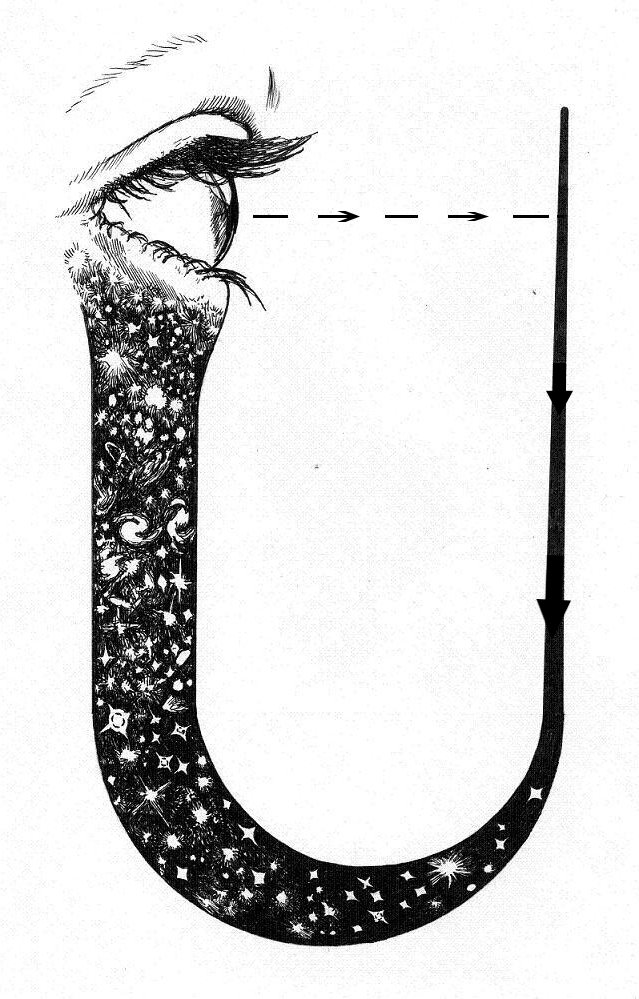Without any question or hesitation, I undoubtedly believe that this particular transpersonal effect is by far the most important and significant state of mind the psychedelic experience has to offer. I have been fascinated by this effect for around a decade now and first came to learn of its existence as a teenager through the numerous first hand accounts given to me by my close friends. This effect was further solidified in my mind as something of extreme significance after I found the works of Alan Watts through his philosophical lectures and writings. I then proceeded to dive headfirst into meditation and obsessively contemplating the supposedly illusory nature of the self on a daily basis. I even found that on more than one occasion, I could lead people into experiencing states of high level unity by simply saying the right words to them during heavy psychedelic trips.
However, despite my borderline obsession with this subjective effect and its associated philosophical frameworks, I found that no matter how heavy a dosage of a psychedelic I consumed, I could never experience this state of mind for myself. This led me to the conclusion that regardless of how common an occurrence this effect was for many other experienced psychedelic users, my extreme fascination with it must be the exact thing that is preventing me from experiencing it for myself. This caused me to inevitably let my guard down for what was to come. Approximately two years later while under the influence of ayahuasca, I spontaneously found myself undergoing a state of level 4 unity for the first time in my life. This happened on two separate occasions within a month and, at the time, were by far the most profound and lifechanging psychedelic experiences I had ever undergone in my entire life. ��
In the years after these two experiences, I have since undergone states of unity on two other occasions, both of which were under the influence of 4-HO-MET and also less than a month apart. These experiences seemingly came out of nowhere and I cannot for the life of me understand or figure out any causal factors or correlations behind the triggering of this state of mind. As far as I can tell, it seems that certain individuals are much more prone to it than others, but almost everybody will inevitably experience this if they trip regularly enough over a long period of time. It does not seem to be dependent on the dosage or the psychedelic in question, although set and setting seems to be at least somewhat of a factor. Situations involving beautiful nature, deep contemplation, and philosophical conversation can often cause it to come about, but not in a reliable or reproducible fashion. It therefore seems that states of unity and interconnectedness must arise organically and out of a situation in which the person either comes to a conclusion of their own accord, or perhaps where some subconscious process of the mind is allowed to independently arise in an autonomous manner.
At this point, I cannot deny that I personally believe the common conception of a separate self is merely a construct of human perception. In fact, I would go even further and state that based upon my extensive research, this widely held position is both philosophically and scientifically justifiable. However, I want to make it clear that I do not have any desire to convince people of that here. Instead, I simply aim to document the subjective experience of this perspective in a manner that is as comprehensive and reasonable as possible. This is with the hope that people far more intelligent than me can someday use this article as a template for furthering our collective understanding of this profound and absolutely fascinating state of mind.

